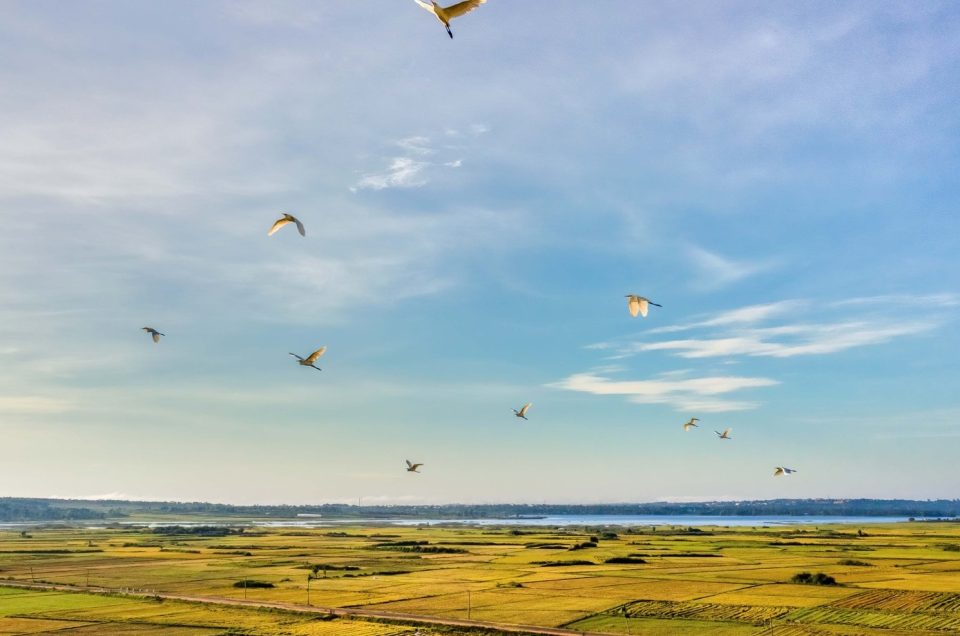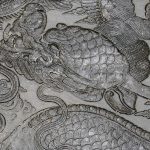Highland visions
Located approximately seven kilometers north of Pleiku’s city center along National Highway 14, Bien Ho (Sea Lake) is as a natural freshwater lake that helps regulate the climate, supply water to Pleiku, provide a habitat for many aquatic species, and serve as a renowned ecotourism destination in Gia Lai province and the entire Central Highlands.
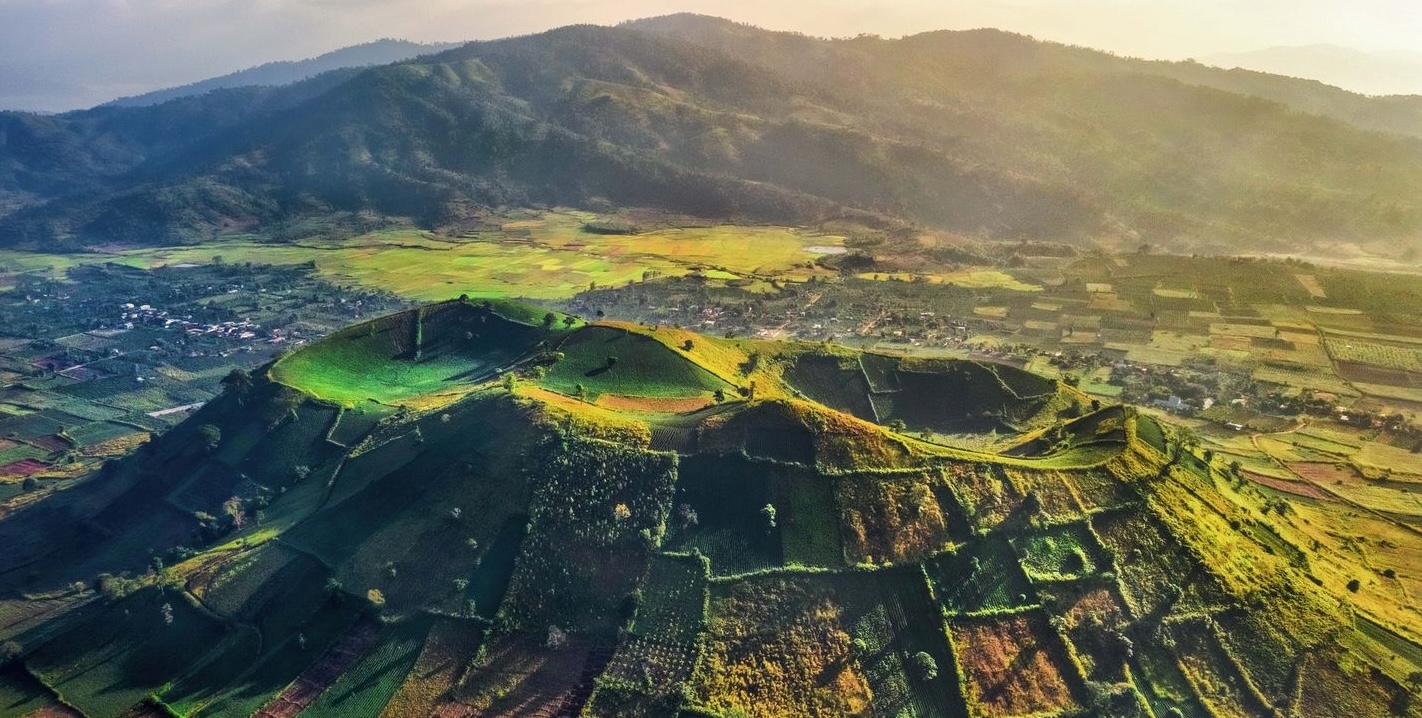
According to local folklore, this place was named T’nưng (Tơ-Nưng) after an ancient village that thrived here before it was buried in volcanic ash and lava. Mourning the past and their lost loved ones, the remaining villagers cried so hard that their tears formed streams, eventually giving rise to a vast lake nestled in the highlands. In the Jarai language, the lake is called T’nưng Bien Ho, with “Bien” translating as “sea on the mountain.” According to the legend, due to the villagers’ depth of feeling, this lake can endure severe droughts without ever running dry.
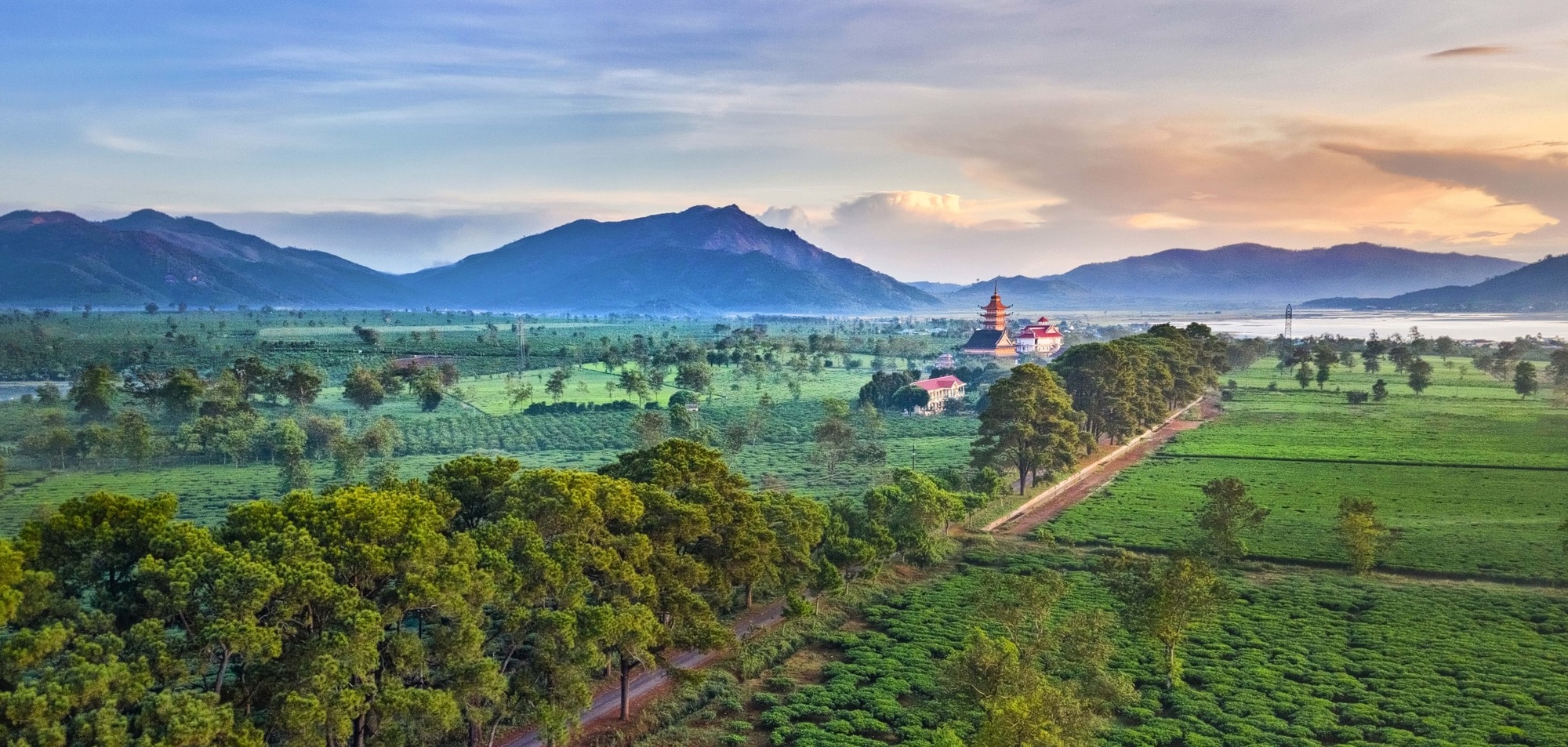
Modern geological studies have confirmed that Bien Ho Lake consists of three crater lakes formed by three volcanic vents millions of years ago. Over time, the lake bottom became flat. Despite no rivers or streams flowing into this lake, its freshwater is never depleted and even flows out through a small stream. This natural marvel is often dubbed “The Eyes of Pleiku” because the lake shines brightly despite the passage of time.
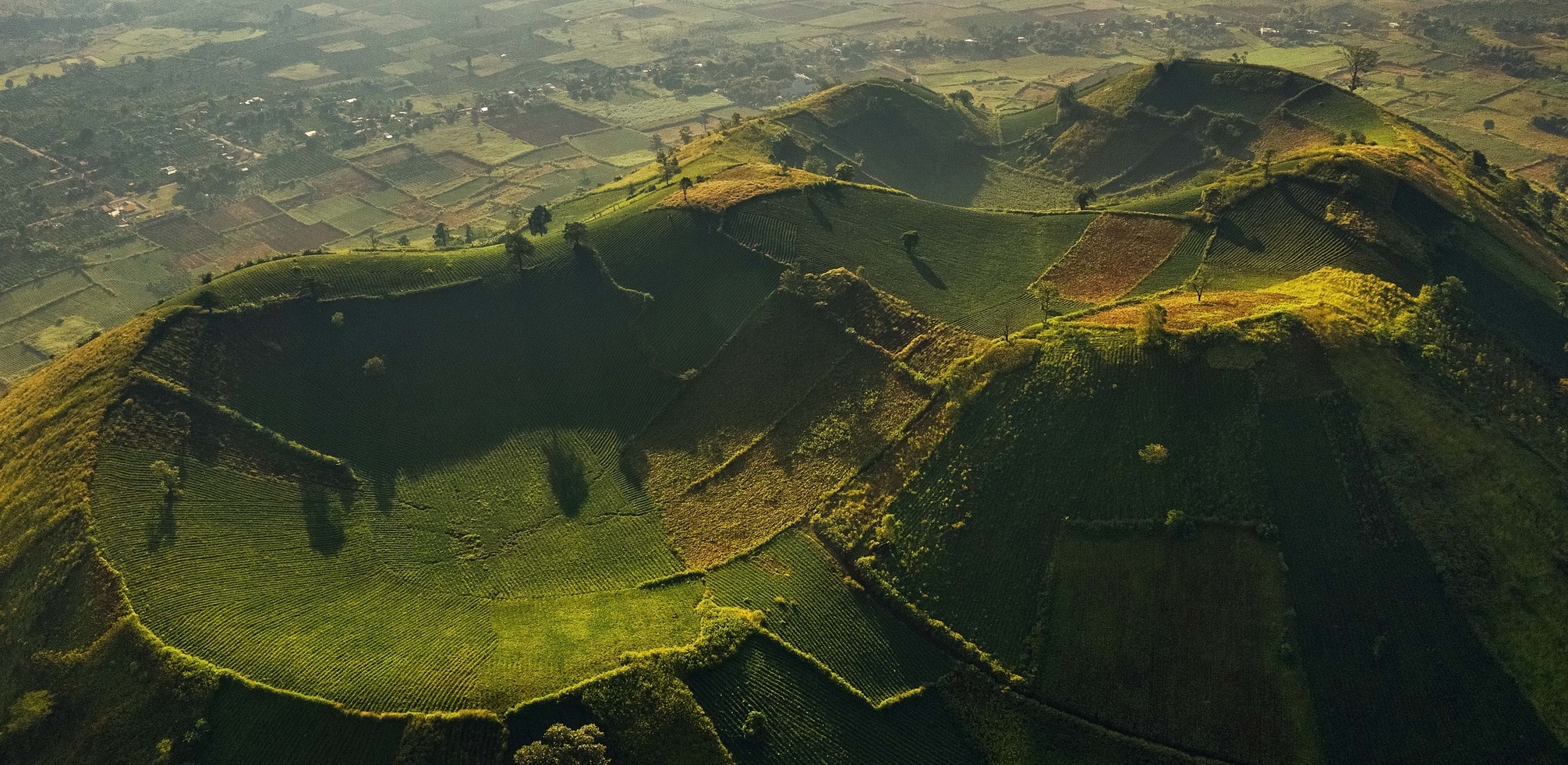
In addition to the lake’s natural charm, substantial investments have been made in infrastructure to promote sustainable tourism. Since 1988, this lake has been recognized as a National Landscape Monument. Gia Lai province has focused on lake-dredging, extensive afforestation, and the development of well-designed roads flanked by majestic pine forests to create a picturesque landscape and professional tourism industry. Located on a promontory in the lake, a 15-meter-high white marble statue of the Avalokitesvara Bodhisattva has become a prominent spiritual and cultural attraction since its restoration in 2018.
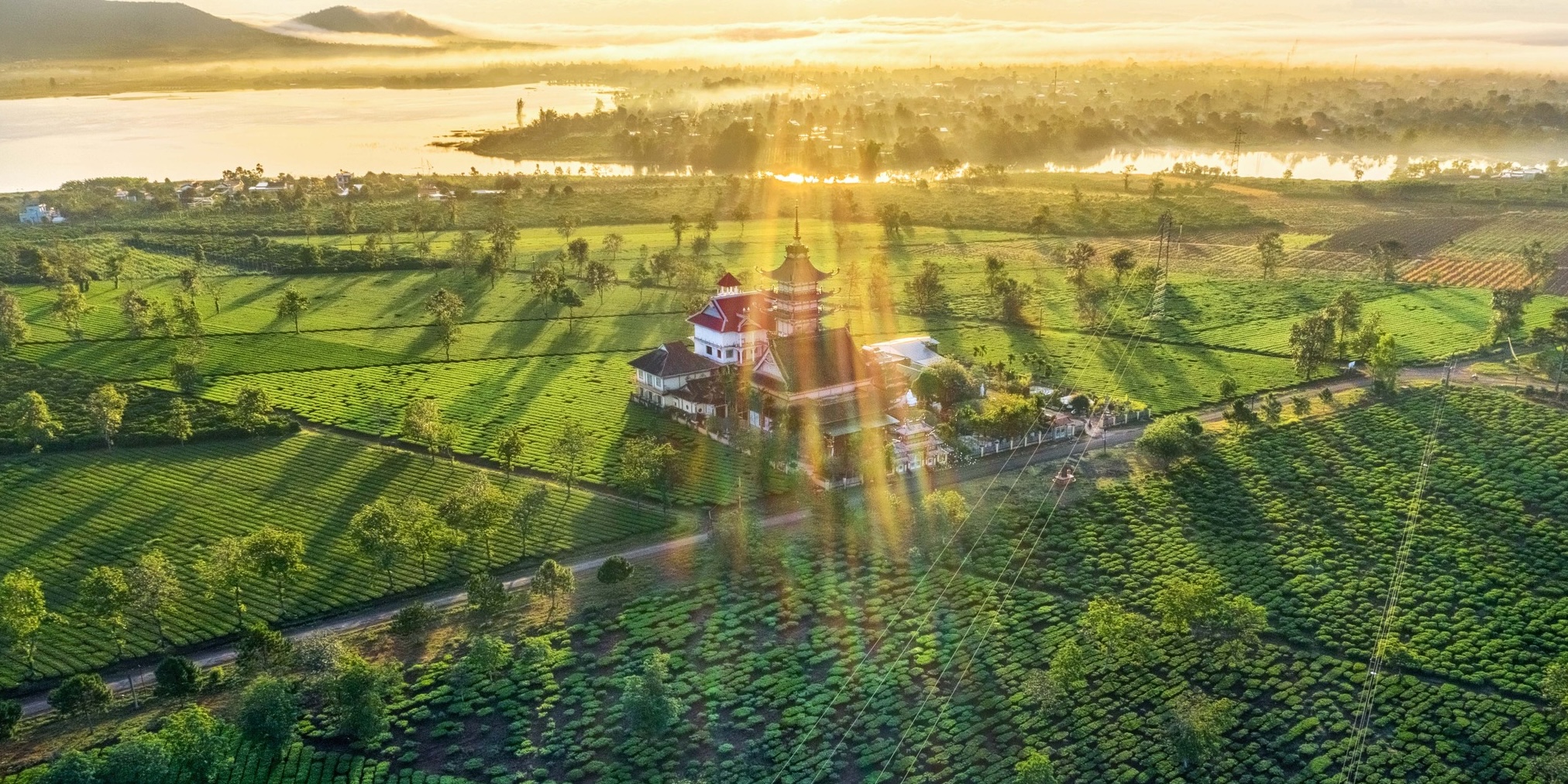
While exploring Bien Ho, several other destinations are well worth a visit. First and foremost is Buu Minh Pagoda, the oldest pagoda in Gia Lai province. In terms of Feng Shui, this pagoda has a lucky setting, facing westward toward T’nưng Lake with its back toward the Tien Son Range. The pagoda’s architecture is inspired by a unique blend of Japanese and Taiwanese Buddhism. The main pagoda, towering over 45 meters in height, can be admired from a distance.

The charming three-gate entrance is reminiscent of Hien Lam Cac within the Imperial Citadel of Hue, exhibiting well-balanced proportions. The pathway leading to the pagoda takes visitors through centuries-old rows of pine trees that stretch for over 800 meters. This site is especially enchanting during the misty early mornings when warm golden sunlight filters through the trees. Within the pagoda’s grounds, the main hall houses a statue of a meditating Buddha, crafted from white marble and standing over three meters tall. Outside, corridors feature more than 60 prayer wheels, creating a serene and solemn space amidst the endless green tea hills.
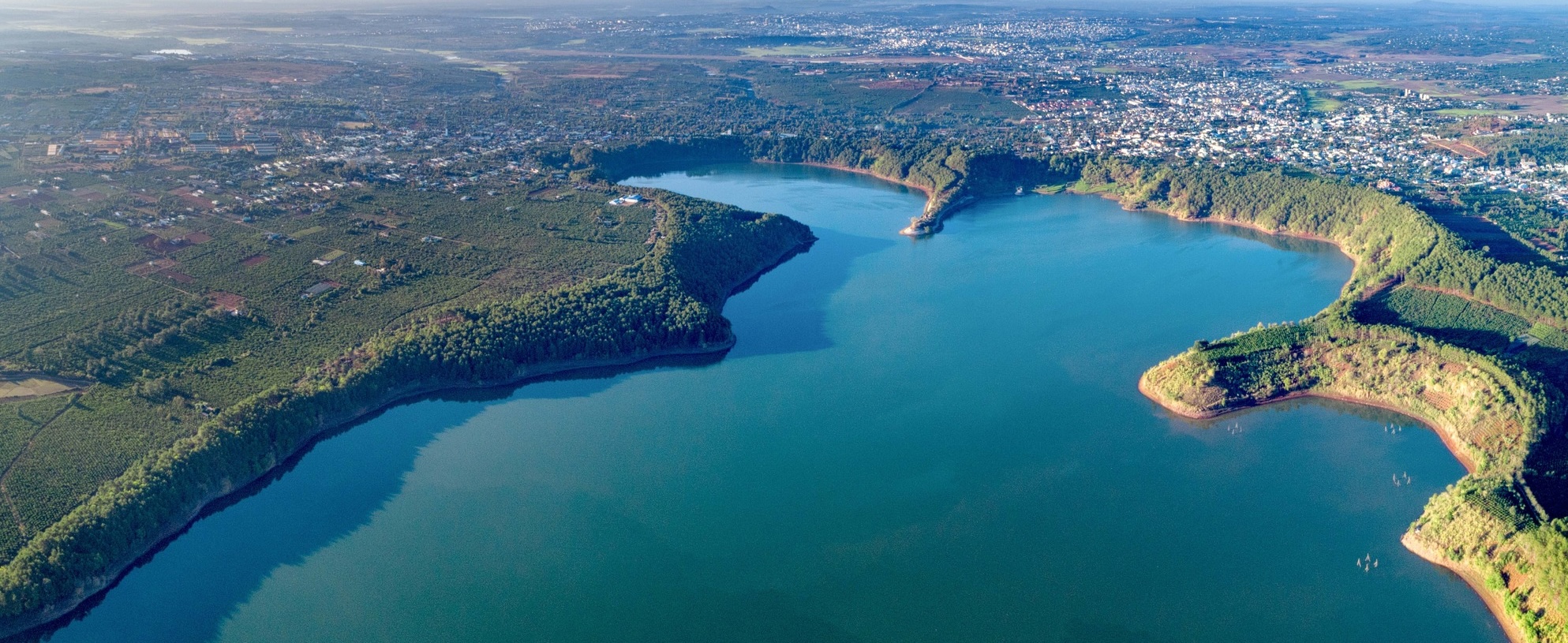
Originally known as Son Hai Miao Shrine, the pagoda was founded by locals of Bien Ho. It was not until 1936 that a larger pagoda was built and named Phat Hoc Pagoda. After various ups and downs, the pagoda was renovated and officially named “Buu Minh” in 1961. Its history is closely intertwined with the settlement history of the mountain town. Together with historic Tay Son Thuong Dao relics, as a representation of the highlanders’ spiritual life, Buu Minh Pagoda leaves an indelible impression on visitors.

